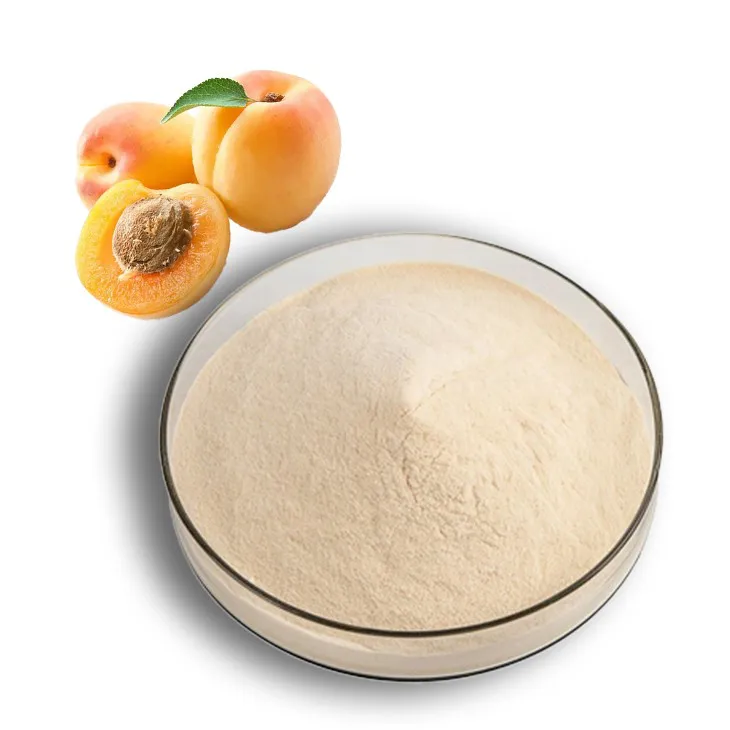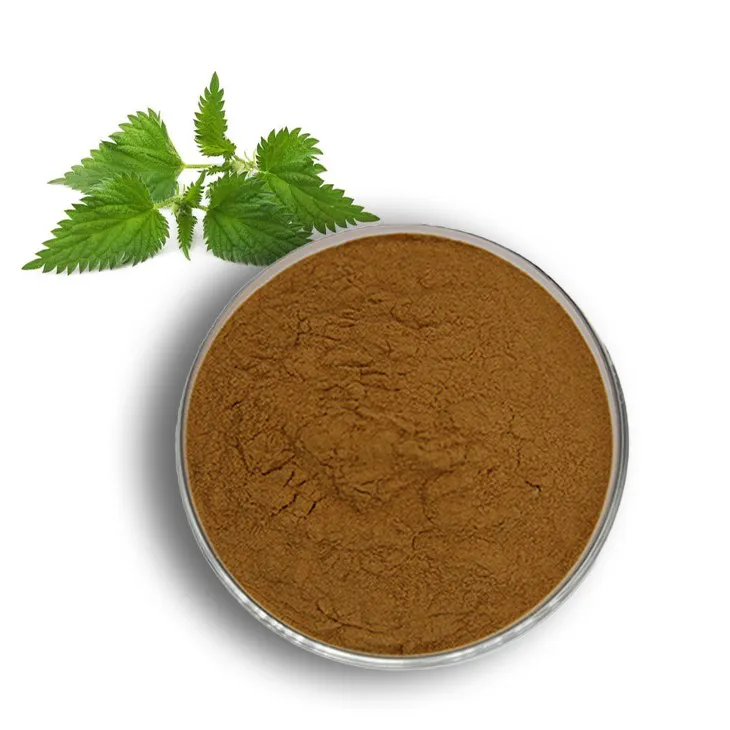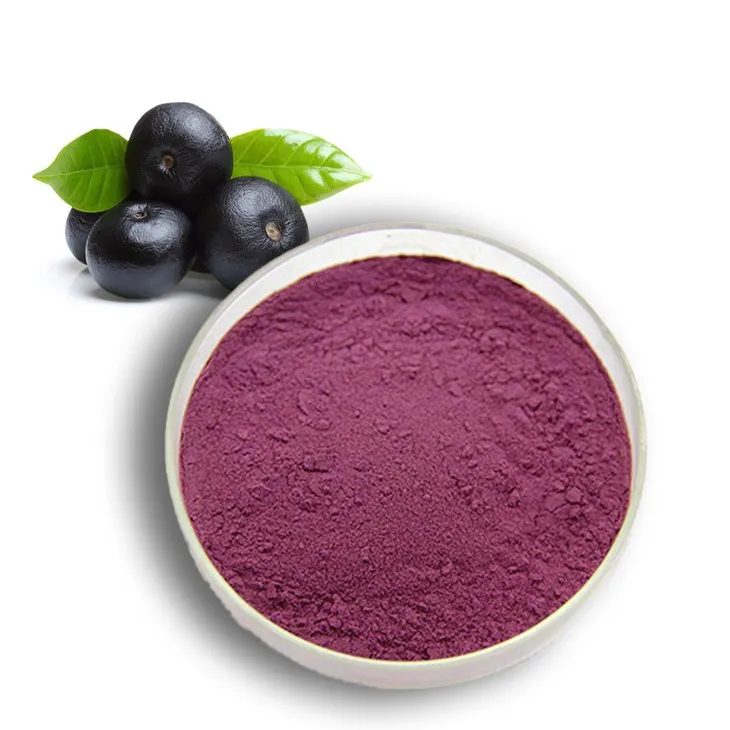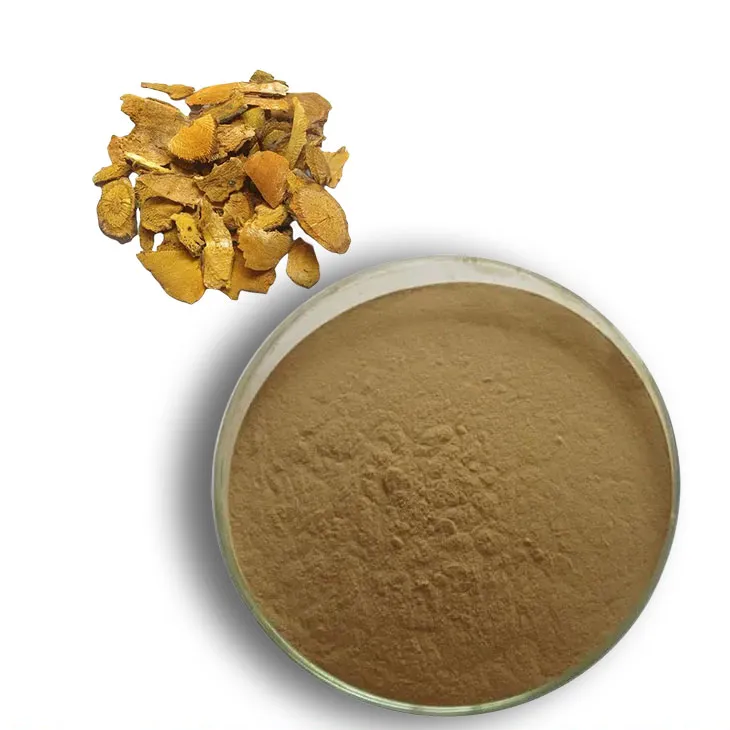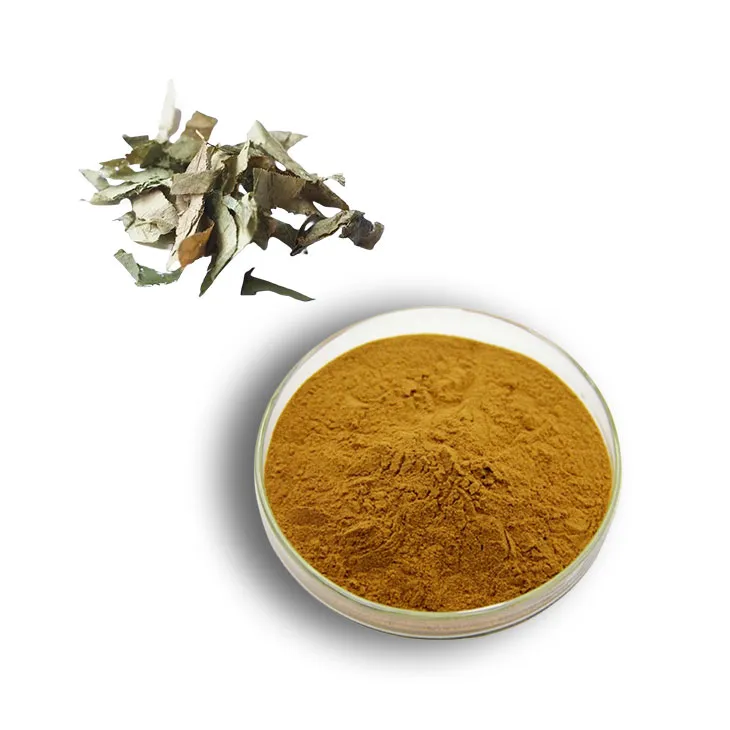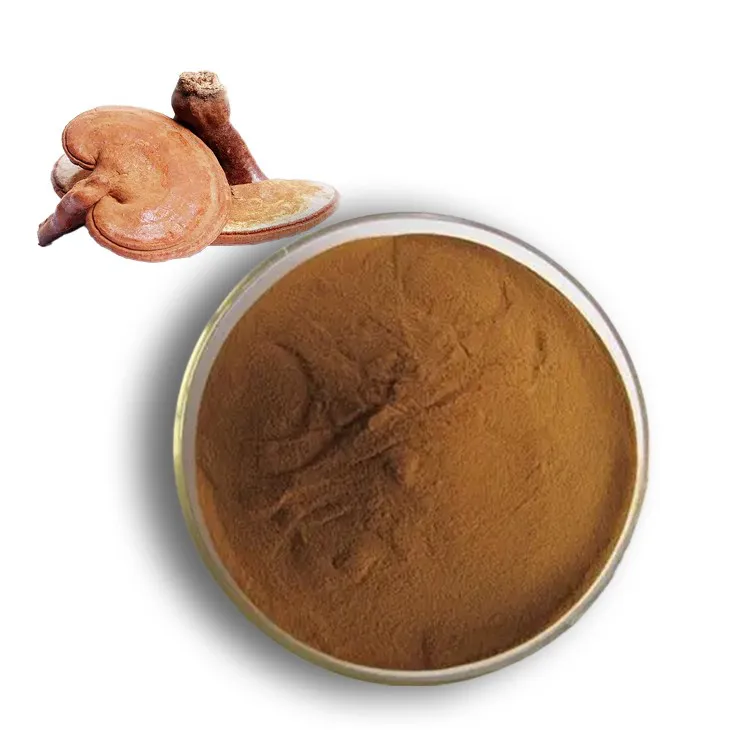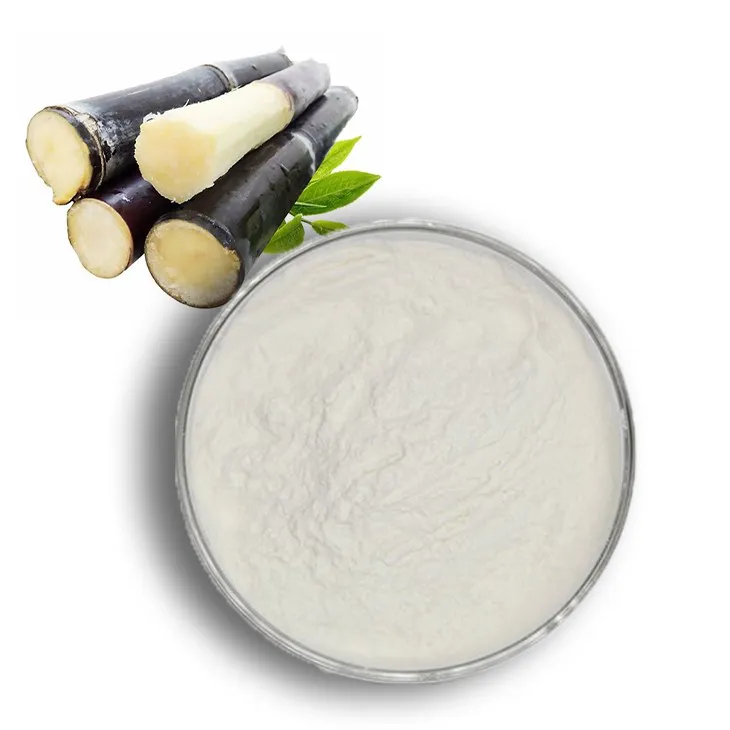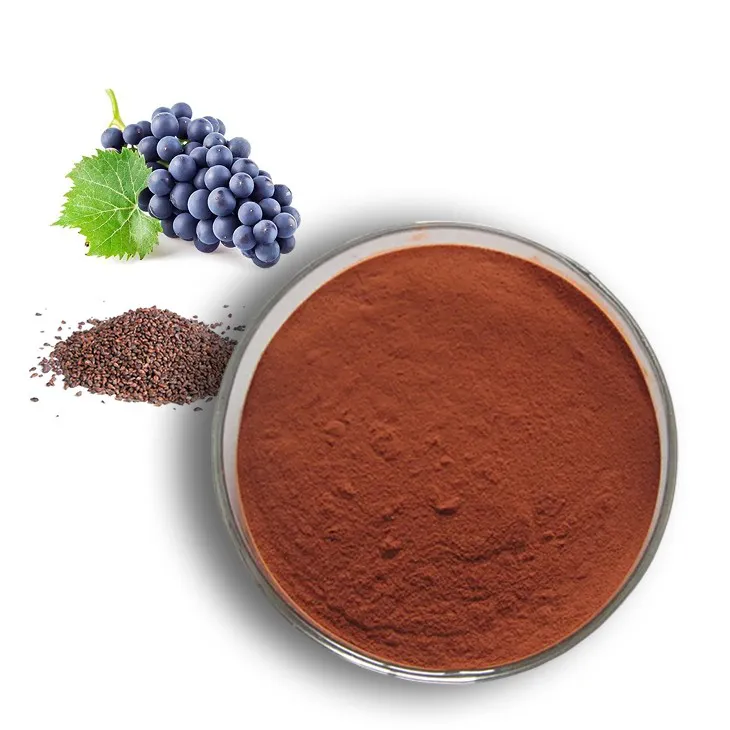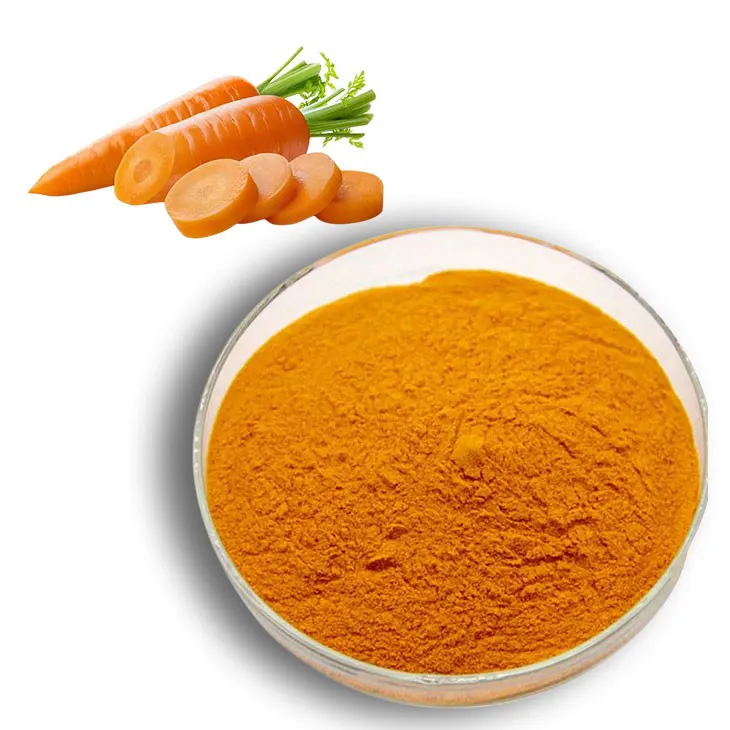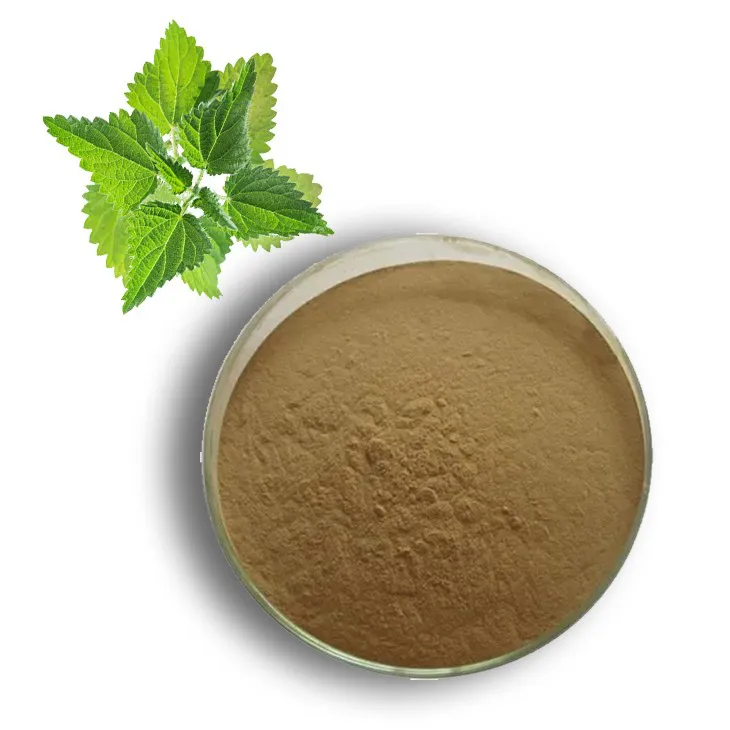- 0086-571-85302990
- sales@greenskybio.com
Marigold Extract Production: A Complete Guide for Consumers and Manufacturers
2024-12-10
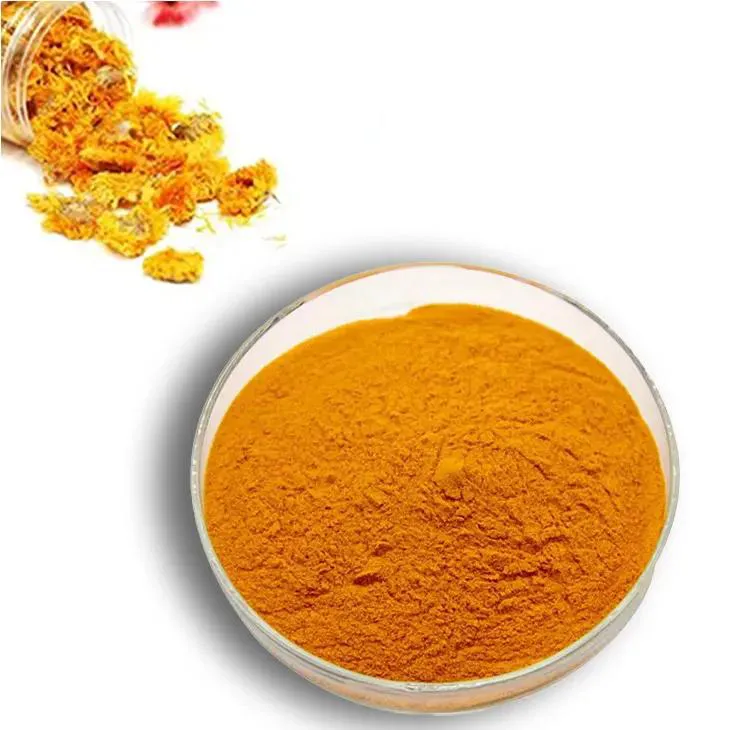
1. Introduction
Marigold Extract has gained significant popularity in recent years, both in the consumer market and among manufacturers. This extract, derived from the marigold flower (Tagetes erecta or Tagetes patula), is rich in various bioactive compounds, making it a valuable ingredient in multiple industries. For consumers, understanding the production process can help them make informed decisions regarding its safety and efficacy. Manufacturers, on the other hand, need in - depth knowledge for efficient production, quality control, and compliance with regulations.
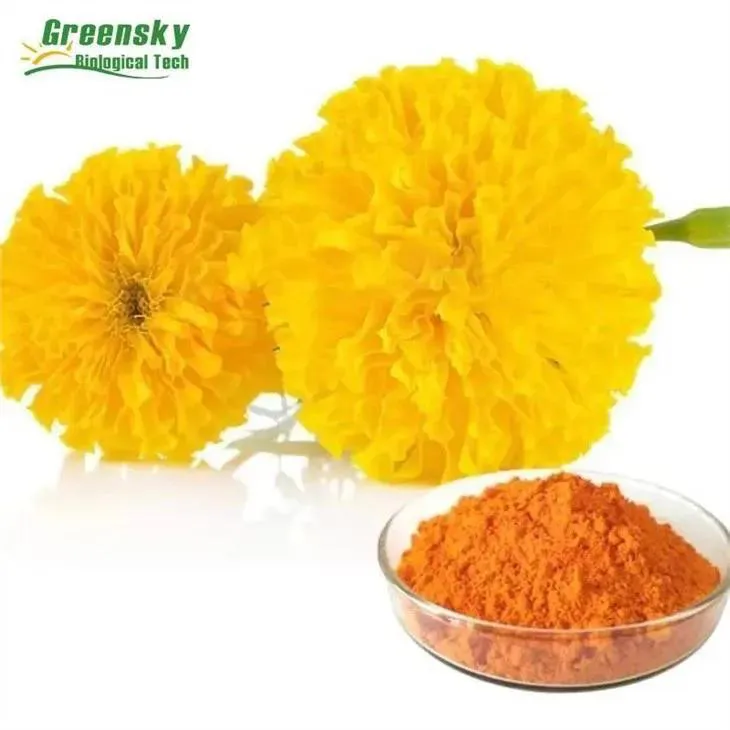
2. Marigold Flower: The Source
2.1 Botanical Features
Marigolds are annual or perennial plants known for their bright, showy flowers. They typically have a daisy - like appearance, with petals ranging in color from yellow to orange. The flowers are composed of multiple florets, which are the main parts used for extract production. Tagetes erecta, also known as African marigold, usually has larger flowers compared to Tagetes patula, the French marigold.
2.2 Cultivation
- Marigolds are relatively easy to cultivate. They prefer full sun and well - drained soil.
- The seeds can be sown directly in the garden or started indoors and transplanted later.
- Proper spacing is essential to ensure good air circulation and healthy growth. For example, African marigolds may require more space due to their larger size.
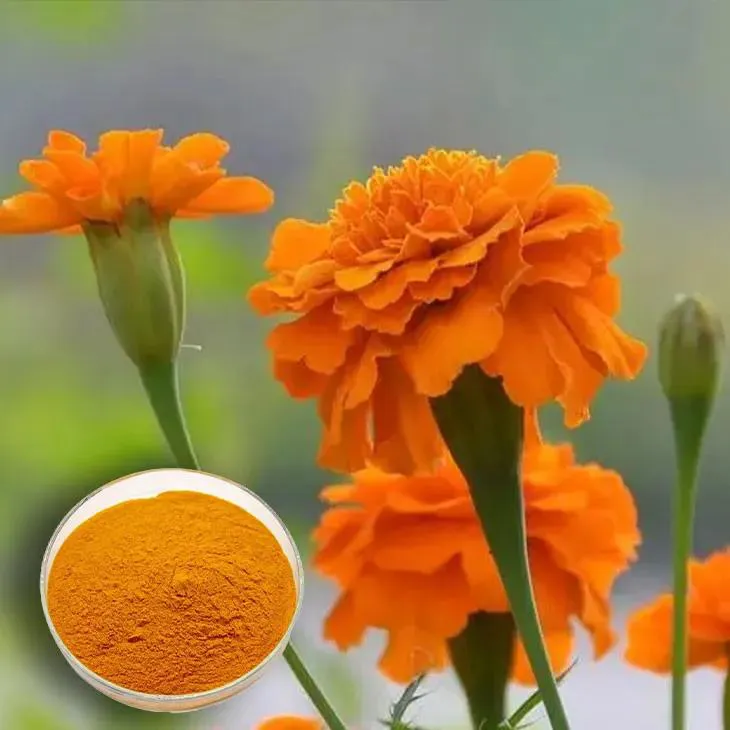
3. The Extraction Process
3.1 Harvesting
- The marigold flowers are harvested when they are fully mature. This is usually determined by the color and fullness of the petals.
- Harvesting should be done carefully to avoid damaging the flowers, as any damage can affect the quality of the extract.
- Once harvested, the flowers are sorted to remove any damaged or diseased parts.
- They are then washed thoroughly to remove dirt, debris, and any potential contaminants.
- Solvent Extraction: This is one of the most common methods. Organic solvents such as ethanol or hexane are used to dissolve the bioactive compounds from the marigold flowers. The solvent is then removed through evaporation, leaving behind the concentrated extract.
- Supercritical Fluid Extraction: Using supercritical carbon dioxide, this method offers several advantages. It is a cleaner process as it leaves no solvent residues, and it can selectively extract specific compounds. However, it requires specialized equipment and is more expensive.
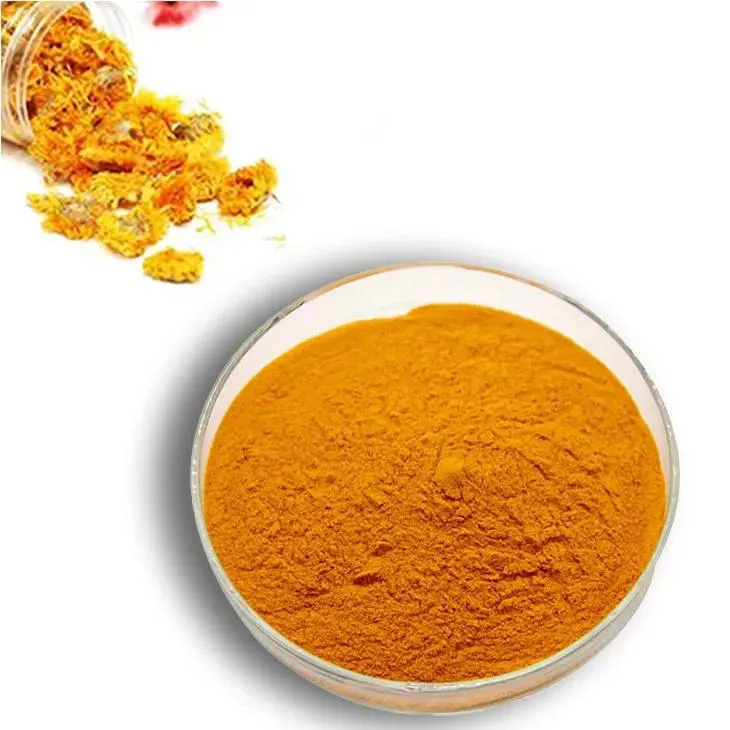
4. Bioactive Compounds in Marigold Extract
4.1 Lutein and Zeaxanthin
These are the most well - known carotenoids present in Marigold Extract. Lutein and zeaxanthin are important for eye health, as they are concentrated in the macula of the eye. They act as antioxidants, protecting the eyes from oxidative stress caused by free radicals.
4.2 FlavonoidsFlavonoids in marigold extract contribute to its antioxidant and anti - inflammatory properties. They can also have potential benefits for the skin, such as reducing inflammation and improving skin elasticity.
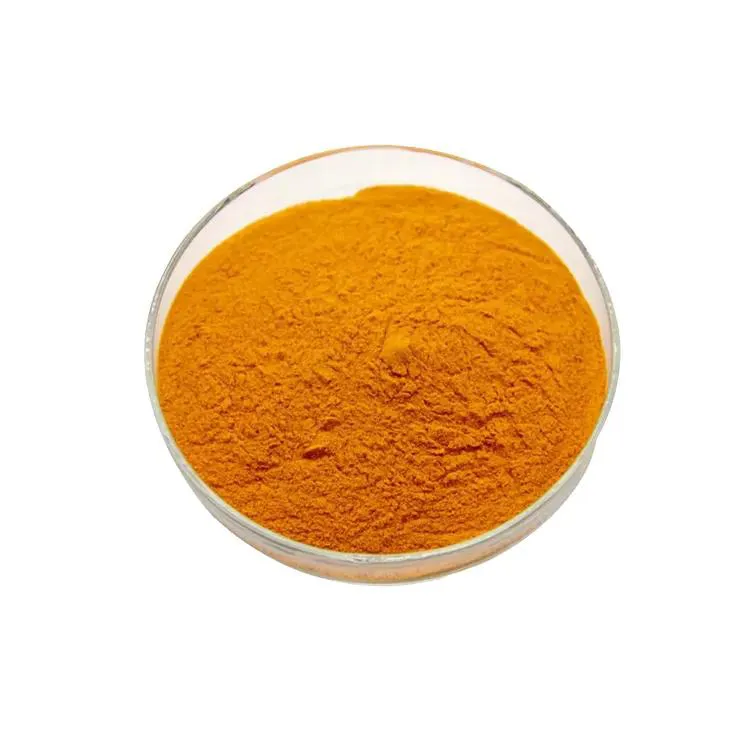
5. Safety for Consumers
5.1 Allergenic Potential
While marigold extract is generally considered safe, some individuals may be allergic to it. Those with known allergies to plants in the Asteraceae family should be cautious when using products containing marigold extract.
5.2 ToxicityWhen produced and used according to proper guidelines, marigold extract has no known toxicity. However, excessive consumption or improper use of products with high concentrations of the extract may cause adverse effects.
6. Uses for Consumers
6.1 Dietary Supplements
Many dietary supplements contain marigold extract, especially those aimed at promoting eye health. Consumers can take these supplements to increase their intake of lutein and zeaxanthin.
6.2 Cosmetics
- Marigold extract is used in various cosmetic products, such as creams, lotions, and serums. It can help soothe irritated skin, reduce redness, and improve the overall appearance of the skin.
- Due to its antioxidant properties, it can also protect the skin from environmental damage, such as sun exposure and pollution.
7. Manufacturing Considerations
7.1 Scale - up Production
- When scaling up marigold extract production, manufacturers need to ensure a consistent supply of high - quality marigold flowers. This may involve establishing reliable partnerships with growers or even setting up their own cultivation facilities.
- They also need to invest in larger extraction equipment and optimize the extraction process to maintain efficiency and product quality.
- To be cost - effective, manufacturers need to consider factors such as the cost of raw materials (marigold flowers), extraction solvents, and energy consumption. For example, choosing the right extraction method can significantly impact costs.
- They can also explore ways to reduce waste and increase the yield of the extract to improve cost - effectiveness.
- Manufacturers must comply with food and drug regulations, depending on the intended use of the marigold extract. For dietary supplements, they need to follow strict guidelines regarding labeling, purity, and safety.
- In the cosmetics industry, there are also regulations related to ingredient safety, product claims, and manufacturing processes.
8. Quality Control in Marigold Extract Production
8.1 Raw Material Testing
Before extraction, the marigold flowers should be tested for quality. This includes checking for pesticide residues, heavy metals, and microbial contamination. Only high - quality raw materials should be used for extract production.
8.2 In - process TestingDuring the extraction process, samples should be taken at various stages to monitor the progress and quality. Parameters such as the concentration of bioactive compounds and the removal of solvents should be closely monitored.
8.3 Finished Product Testing
- The final marigold extract should be thoroughly tested for its composition, purity, and safety. This includes testing for the presence of all the expected bioactive compounds and ensuring that there are no harmful contaminants.
- Stability testing should also be carried out to determine the shelf - life of the extract under different storage conditions.
9. Future Trends in Marigold Extract Production
9.1 Research and Development
There is ongoing research to further understand the potential health benefits of marigold extract. This may lead to the discovery of new bioactive compounds or new applications in the fields of medicine and nutrition.
9.2 Sustainable Production
- With increasing environmental awareness, manufacturers are likely to focus more on sustainable marigold cultivation and extraction methods. This could include using organic farming practices, reducing energy consumption in extraction, and minimizing waste.
- There may also be a trend towards the use of recycled solvents in the extraction process to reduce environmental impact.
10. Conclusion
Marigold extract production is a complex but fascinating process with wide - ranging implications for both consumers and manufacturers. Consumers can benefit from understanding the safety and uses of this extract, while manufacturers need to focus on efficient production, quality control, and regulatory compliance. As research continues and new trends emerge, the marigold extract industry is likely to continue to grow and evolve.
FAQ:
What are the main uses of marigold extract?
Marigold extract has various uses. It is commonly used in the cosmetic industry for its antioxidant properties, which can help in skin health and anti - aging. In the food industry, it can be used as a natural colorant. Additionally, it may have potential medicinal uses such as anti - inflammatory effects.
Is marigold extract safe for consumption?
When produced following proper regulations and quality control, marigold extract is generally considered safe for consumption. However, like any substance, excessive intake may have potential adverse effects. It is important to follow recommended dosages. Also, people with certain allergies may need to be cautious.
What are the key steps in marigold extract production?
The production of marigold extract typically involves steps such as harvesting high - quality marigolds, drying them properly to preserve their properties, and then using appropriate extraction methods like solvent extraction or supercritical fluid extraction. After extraction, purification and concentration steps may be carried out to obtain the final extract.
How can manufacturers ensure cost - effectiveness in marigold extract production?
Manufacturers can ensure cost - effectiveness in several ways. Optimizing the cultivation process of marigolds to increase yield and quality can reduce raw material costs. Using efficient extraction techniques that minimize waste and energy consumption can also contribute. Additionally, proper supply chain management and economies of scale in production can help lower overall costs.
What regulatory requirements do manufacturers need to comply with in marigold extract production?
Manufacturers need to comply with various regulatory requirements. In the food industry, it must meet food safety and labeling regulations. In the cosmetic industry, there are regulations regarding product safety, ingredient disclosure, and good manufacturing practices. There may also be environmental regulations related to waste disposal and chemical use during production.
Related literature
- Marigold Extract: Properties, Production, and Applications"
- "The Science Behind Marigold Extract in Cosmetics"
- "Regulatory Aspects of Marigold Extract Production for Food Use"
- ▶ Hesperidin
- ▶ citrus bioflavonoids
- ▶ plant extract
- ▶ lycopene
- ▶ Diosmin
- ▶ Grape seed extract
- ▶ Sea buckthorn Juice Powder
- ▶ Beetroot powder
- ▶ Hops Extract
- ▶ Artichoke Extract
- ▶ Reishi mushroom extract
- ▶ Astaxanthin
- ▶ Green Tea Extract
- ▶ Curcumin Extract
- ▶ Horse Chestnut Extract
- ▶ Other Problems
- ▶ Boswellia Serrata Extract
- ▶ Resveratrol Extract
- ▶ Marigold Extract
- ▶ Grape Leaf Extract
- ▶ blog3
- ▶ blog4
- ▶ blog5
-
Apricot Powder
2024-12-10
-
Nettle Root Extract
2024-12-10
-
Acai Berry Extract
2024-12-10
-
Polygonum Cuspidatum Extract
2024-12-10
-
Epimedium extract powder
2024-12-10
-
Reishi mushroom extract
2024-12-10
-
Sugarcane Extract
2024-12-10
-
Natural grape seed extract
2024-12-10
-
Beta Carotene
2024-12-10
-
Nettle leaf extract
2024-12-10











